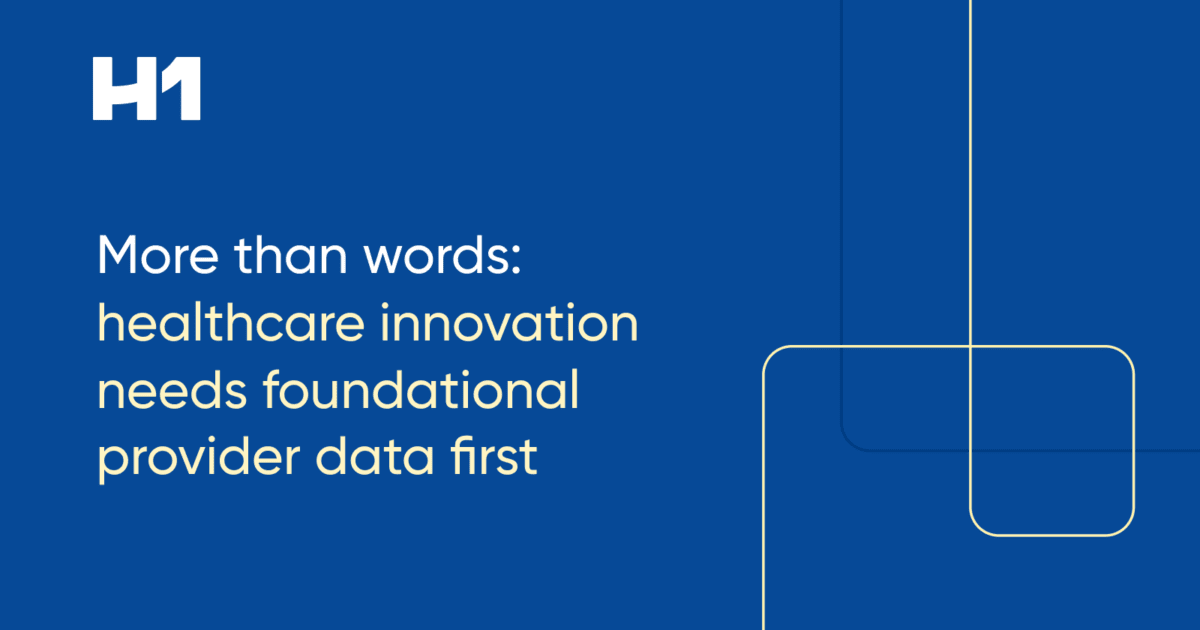Healthcare Innovation Needs Foundational Provider Data First

In the age of voice-activated smart speakers, phones and technology, very soon making a doctor’s appointment or finding a new doctor will be as simple as speaking the words.
This week, Teladoc announced plans to partner with Amazon on smart speaker technology that will enable users to simply speak “I want to talk to a doctor,” and supported devices will take a consumer to a call center to find general medical care.
As the boom in digital, remote and telehealth companies sets its sights on furthering the consumerization of healthcare access–long needed to finally address glaring disparities and social factors driving gaps in access to care and good outcomes–one factor seems to have been left out of the equation: the demographic and practice information on the actual providers seeing the patient is not accurate.
Provider Directory Inaccuracy
The provider directory data behind the searches–whether from a voice activated smart speaker, a phone or a major insurance carrier website–is simply out of date. The Centers for Medicare and Medicaid found that 45.1% of provider directory locations listed in online directories were inaccurate. What we have is a digital technology boom for consumers to access healthcare and the fundamental data source behind it has been, well, just that–left behind.
Despite recent federal legislation to drive better provider directory accuracy, the mandates have been met with some skepticism on whether it can drive the change needed.
A recent Health Affairs article on the subject noted that provisions in the 2021 Consolidated Appropriations Act and no surprise billing legislation are meant to enforce directory errors, but only on a federal level for Medicare and Medicaid. Other directory enforcement will fall to state regulation, which can vary.
A Foundation of Reliable Data
The article also noted that the end result of the legislation may end up having the opposite intended effect–drive up costs instead of down and cause unintended delays in care.
“Directory errors may impose substantial costs on consumers, who—unable to rely on information in the directory—must first establish whether providers are in their network before scheduling an appointment. For some consumers, these costs can be more than an inconvenience, causing them to delay care, pay more to see an out-of-network provider, or forgo care entirely.”
As many technological jumps as we make into healthcare innovation–both in telehealth, remote monitoring and mental healthcare, the simple underlying data foundation for the providers patients need to access, still lacks. If we want to see real change in the goal the technology is trying to solve, we have to start with provider directory accuracy and foundationally sound data, not mandate it as an afterthought.
While the burden and cost of maintaining the accuracy is great, partnering with a data provider can sometimes be a strategic win. Implementing an API provider directory data feed can not only ensure real-time accuracy without compromising integration, but can help lay the groundwork for future innovation, better access and ultimately better care.

 HCP Universe
HCP Universe Trial Landscape
Trial Landscape